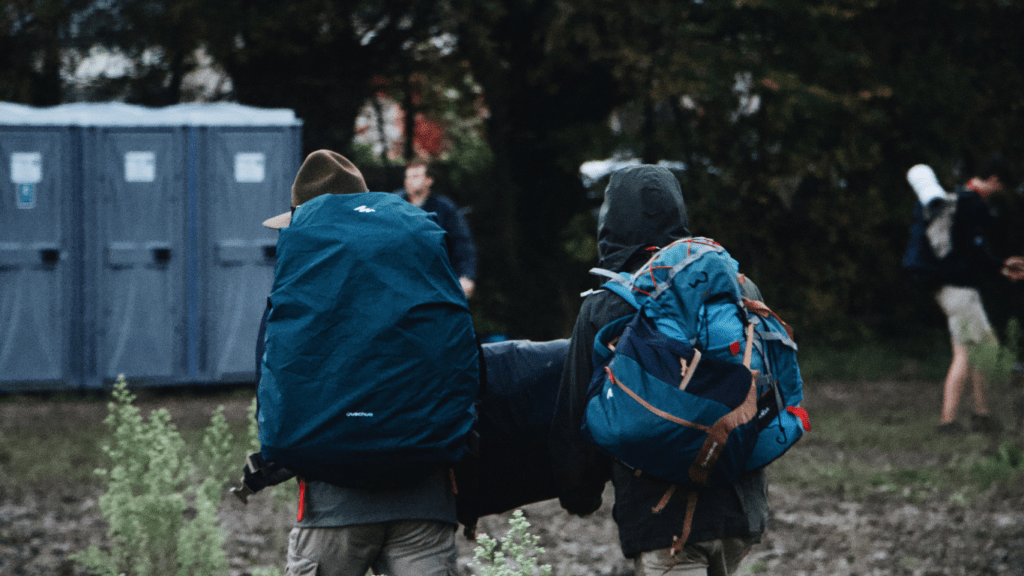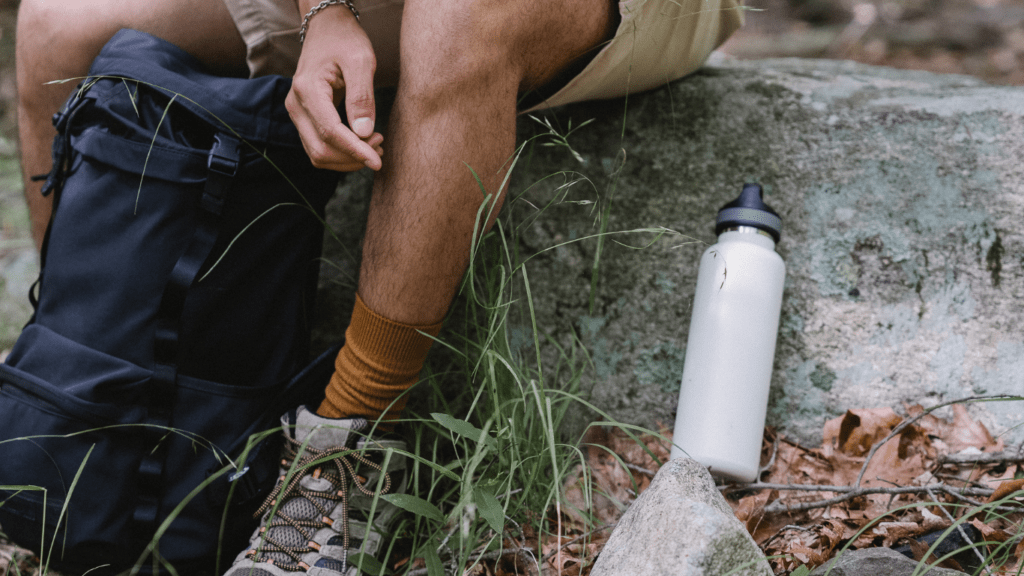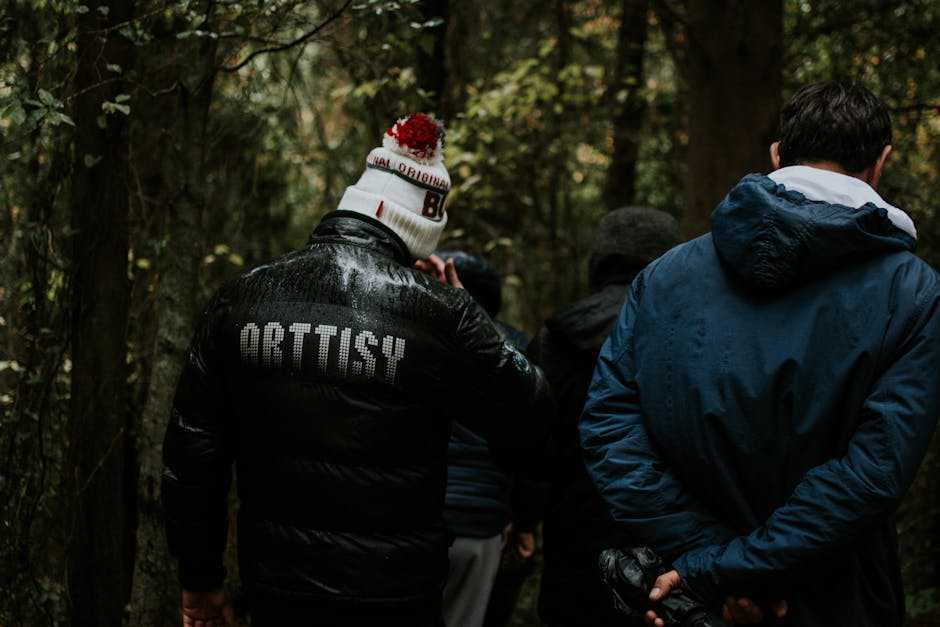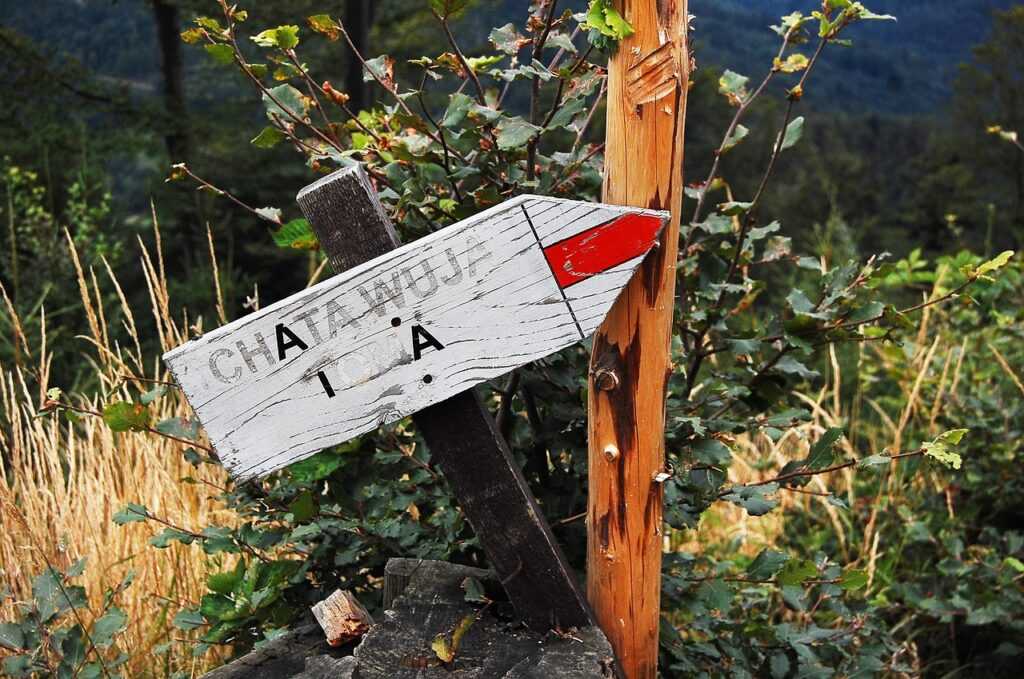Essential Hiking Gear
Packing the right gear ensures a successful hiking trip. Each item you pack plays a critical role in comfort and safety.
Backpack
A durable, comfortable backpack is crucial. Choose one with a capacity of 30-50 liters for day hikes and up to 70 liters for multi-day trips. Look for features like:
- padded shoulder straps
- ventilated back panel
- multiple compartments
I prefer packs with a built-in hydration system for easy water access.
Sleeping Gear
Quality sleeping gear guarantees restful nights. Use a lightweight sleeping bag suitable for the expected temperatures. Opt for a sleeping pad to provide insulation and comfort; inflatable or foam pads work well. If camping, bring a compact, weather-resistant tent that is easy to set up and pack away. I always test my gear in advance to ensure it’s up to the task.
Clothing
- Proper clothing keeps you comfortable in varying weather.
- Layering is essential; start with moisture-wicking base layers, add insulating mid-layers, and finish with a waterproof, windproof outer layer.
- Quick-dry pants and breathable shirts enhance movement and comfort.
- Don’t forget sturdy hiking boots, moisture-wicking socks, and a hat.
- Pack an extra clothing set in a waterproof bag for emergencies.
Every item in your pack supports a successful and enjoyable hiking experience.
Navigation and Safety
Having the right navigation and safety items is crucial for any successful hiking trip. Each item in this category helps ensure smooth navigation and quick responses to potential challenges.
Maps and Compass
I always carry a detailed map of the trail and a reliable compass, as these tools are indispensable. Even if I’m familiar with the area, electronic devices can fail. Maps should be waterproof and updated. Using a compass accurately requires basic knowledge, which can be easily learned through online resources.
First Aid Kit
A comprehensive first aid kit is a must-have. My kit includes bandages, antiseptic wipes, adhesive tape, pain relief tablets, and blister treatments. Customizing the kit to personal medical needs, like including medications or allergy treatments, is also essential. In emergencies, a well-stocked first aid kit can be a lifesaver.
Multitool and Repair Kit
I find a multitool immensely valuable for various tasks, like cutting rope or repairing gear. A multitool with pliers, a knife, and screwdrivers covers most needs. Additionally, I include a repair kit with duct tape, extra straps, and a sewing kit. These items help fix broken equipment quickly, avoiding bigger problems later.
Food and Hydration
Eating well and staying hydrated are key to a successful hiking trip. Proper planning in these areas can make a significant difference in energy levels and overall experience.
Water Bottles and Filters

Clean drinking water is crucial for any hike. I use a reusable water bottle with a built-in filter to ensure I always have safe water. For longer trips, I carry a portable water filter or purification tablets to refill my bottle from streams or lakes. It’s vital to know water sources on the trail and plan accordingly.
Snacks and Meal Prep
High-energy snacks keep me fueled throughout the hike. I pack a mix of nuts, dried fruit, and energy bars for quick bites. For meals, I prepare simple, non-perishable options like instant oats for breakfast and freeze-dried meals or protein-packed wraps for lunch and dinner. Advanced preparation is key to a balanced diet on the trail.
Cooking Equipment
Having the right cooking equipment greatly enhances meal preparation. I bring a lightweight camping stove with a fuel canister, a compact cookware set including a pot and utensils, and waterproof matches or a lighter. This setup allows me to cook efficiently, ensuring I get a warm meal at the end of a long day.
Personal Items
Packing personal items ensures a comfortable and safe hiking trip. Include essential items to address hygiene, identification, and emergency contacts for a smooth journey.
Hygiene Essentials
Hygiene essentials help maintain cleanliness and comfort. Pack biodegradable soap, hand sanitizer, a toothbrush, and toothpaste. Include quick-dry towels, wet wipes, and a small trowel for digging cat holes. Bring a small bag for packing out used toilet paper and other waste to keep the trail clean.
Personal Identification
Carry identification documents even in remote areas. Bring a government-issued ID, credit cards, and any necessary permits. Keep these items in a waterproof, ziplock bag to protect them from moisture. A small amount of emergency cash can also be handy, in case electronic payments aren’t possible.
Emergency Contacts
Listing emergency contacts adds to your safety net. Write down contact information for family members and friends, as well as local emergency services. Store this list in multiple locations, such as your backpack and in a pocket, for quick access. Having this information readily available ensures you can get help if needed.
Optional Yet Useful Items
While essential gear is crucial, some optional items can significantly enhance your hiking experience.
Camera and Binoculars
A camera can capture breathtaking views you encounter. I prefer a lightweight, waterproof model. Smartphone cameras have advanced, but a dedicated camera often offers better quality for nature photography. Binoculars are invaluable for bird watching or scanning distant landscapes. Compact, high-magnification models work best.
Trekking Poles
Trekking poles provide stability and reduce strain on knees and joints. I find them particularly useful on steep ascents or uneven terrain. Adjustable poles fit various heights and terrain types. Look for lightweight, durable materials like aluminum or carbon fiber. Removable rubber tips offer versatility for different surfaces.
Entertainment
Entertainment options can make downtime more enjoyable. I often pack a lightweight book or an e-reader. For group hikes, a compact deck of cards or travel-sized board games brings a fun, social element. A portable music player can enhance the experience during solo hikes, but I always prioritize devices with long battery life and robust build quality.



 Mindfulness & Nature Wellness Specialist
Eve Macleod is a certified mindfulness and meditation instructor who has spent years cultivating her passion for connecting wellness practices with the natural world. At Whisper Forest Ways, Eve focuses on guiding readers through techniques that harness the power of nature to promote mental, emotional, and physical well-being. Specializing in forest bathing, nature-based meditation, and eco-therapy, Eve helps readers discover how nature can enhance mindfulness practices and deepen relaxation. She believes that the natural world holds untapped potential for personal healing, stress relief, and spiritual growth, and through her articles and tutorials, she invites everyone to embark on a journey toward a more peaceful and centered life.
Mindfulness & Nature Wellness Specialist
Eve Macleod is a certified mindfulness and meditation instructor who has spent years cultivating her passion for connecting wellness practices with the natural world. At Whisper Forest Ways, Eve focuses on guiding readers through techniques that harness the power of nature to promote mental, emotional, and physical well-being. Specializing in forest bathing, nature-based meditation, and eco-therapy, Eve helps readers discover how nature can enhance mindfulness practices and deepen relaxation. She believes that the natural world holds untapped potential for personal healing, stress relief, and spiritual growth, and through her articles and tutorials, she invites everyone to embark on a journey toward a more peaceful and centered life.
